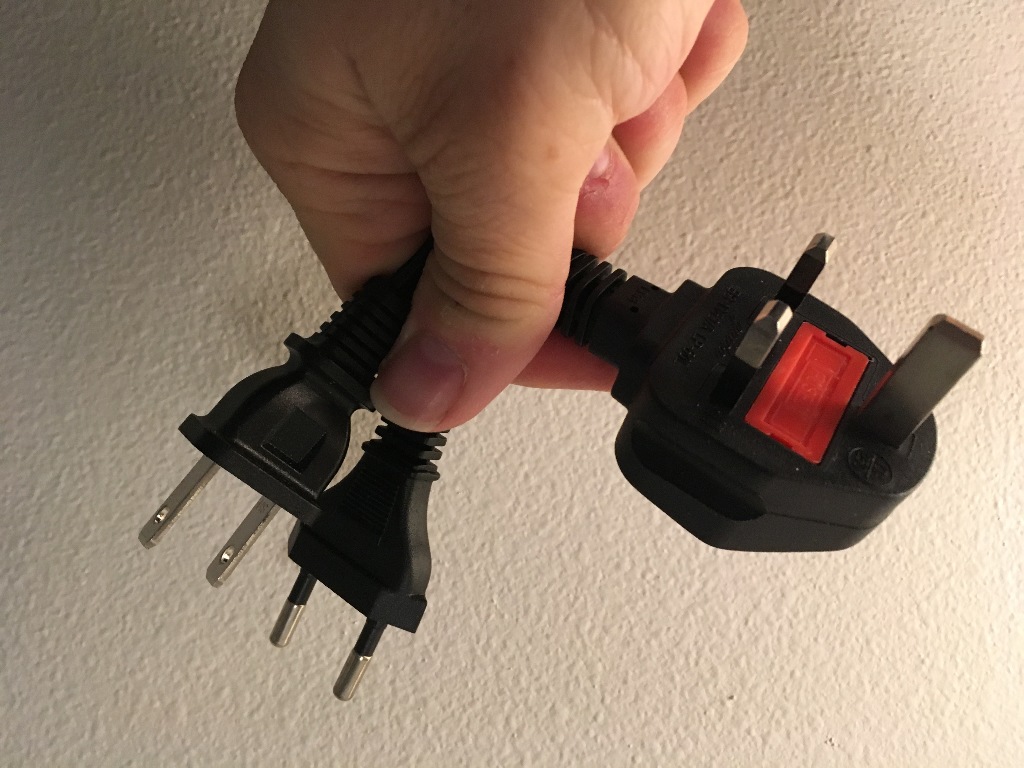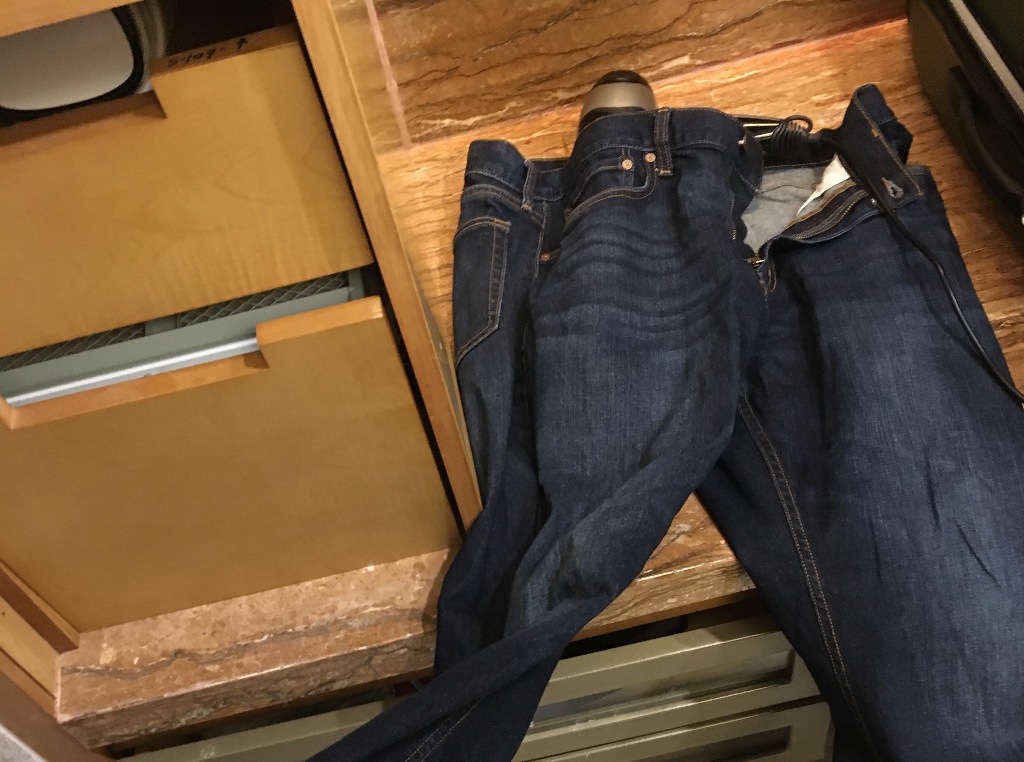
Introduction
Before leaving to visit another country, one of the things you might consider is how you’re going to run any electronics that you might bring. Appliances that aren’t dual voltage (e.g. hair dryers, fans, etc.) require a heavy transformer and aren’t worth bringing most of the time, but smaller electronics are often dual voltage.
Dual voltage electronics means that you can use a plug adapter. There are a lot of plug adapters out there, but I’m a fan of the Ceptics plugs if you have to use one because they are grounded and normally fit the plugs you want to use snugly.
That said not all dual-voltage electronics works the same across 110-120V and 220-240V power mains. I’ve found that cheaper adapters tend to introduce a lot of noise at higher voltages, which makes it impossible to use a capacity touch screen and charge at the same time. If that’s not a big deal for you, then mostly anything that advertises supporting the higher voltages on it will work well with a plug adapter.
Poking around with an oscilloscope and different bricks I had laying around the house, I found that most stuff with an IEC 60320 C8 inlet tends to work properly with the higher voltages. My guess is that this stuff is designed to work internationally from the start and doesn’t make trade-offs that you would see for something that’s almost certainly not going to be used abroad.
Safety and Convenience
I mentioned plug adapters above, but really, I kind of hate plug adapters. They make stuff stick out farther than you’d want from the plug and sometimes make for a tight fit around a bed.
If you’re hooking one up to an American plug, you’re bypassing some of the safety features of the plug that you’re using and make it more likely that you’re going to get a shock at 230V.
Aside from that, places that use the UK style of ring circuits have an additional risk because much more current is available at an individual outlet. Cheap adapters don’t always follow the UK requirement of a fused plug, which can be particularly dangerous if there is an electrical fault.
Using IEC 60320 C8 Cables
At home, I use an Anker PowerPort 5 for charging my small electronics, which takes the a C8 plug. Since everything I travel with can charge off USB, and this adapter doesn’t have the noise problem that I mentioned above, I started with that. Many laptop adapters also use these type of cables, so if you’re traveling with a laptop, you can find the right one for your computer and charge from that as well.
While there are about 15 different common plug standards in use throughout the world, practically speaking, you don’t actually need that many plugs. The Europlug works with 10/15 of those plugs, and the non-grounded US plug works with 2/15 of those plugs, leaving just South Africa, the UK-style plug and Australian-style plugs as the odd ones out.
You can find these online as notebook power plugs (though make sure they have the C8 and not the C6 “mickey mouse” inlet, e.g. get the Europlug, UK, Australia, South Africa or USA cable. As a bonus, the UK cables tend to fit snugly on most airline power inlets due to the massive size of the connector.
With those picked out, you might also want a slightly longer cord, which is also easy to find: C7 to C8 extension.
Conclusion
While not as compact as some plug adapters, I like the safety and flexibility of having a cable designed to work with the region that I’m visiting. I don’t have to worry about shocking myself, and with long enough cords, I can put my charger near my bedside.


